Real Cyborg.
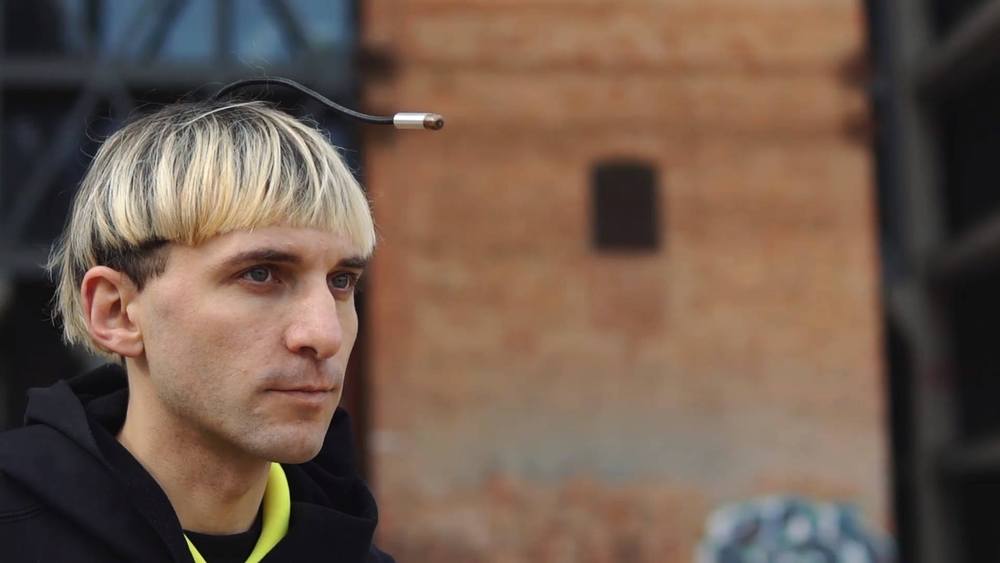

Real Cyborg.
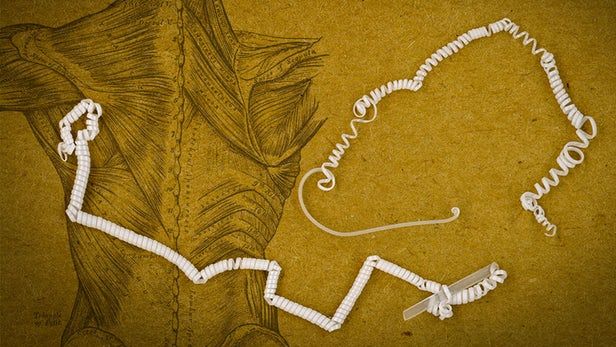
To develop a new artificial muscle for robots MIT researchers are taking inspiration from an unlikely source – the cucumber. It’s not the fruit of the plant that’s good for sandwiches and salads that the engineers are interested in, but the tightly coiled tendrils that wrap themselves around solid objects to support the growing plant by corkscrewing and pulling with surprising force.

Machine enhanced humans — or cyborgs as they are known in science fiction — could be one step closer to becoming a reality, thanks to new research Lieber Group at Harvard University, as well as scientists from University of Surrey and Yonsei University.
Researchers have conquered the monumental task of manufacturing scalable nanoprobe arrays small enough to record the inner workings of human cardiac cells and primary neurons.
The ability to read electrical activities from cells is the foundation of many biomedical procedures, such as brain activity mapping and neural prosthetics. Developing new tools for intracellular electrophysiology (the electric current running within cells) that push the limits of what is physically possible (spatiotemporal resolution) while reducing invasiveness could provide a deeper understanding of electrogenic cells and their networks in tissues, as well as new directions for human-machine interfaces.
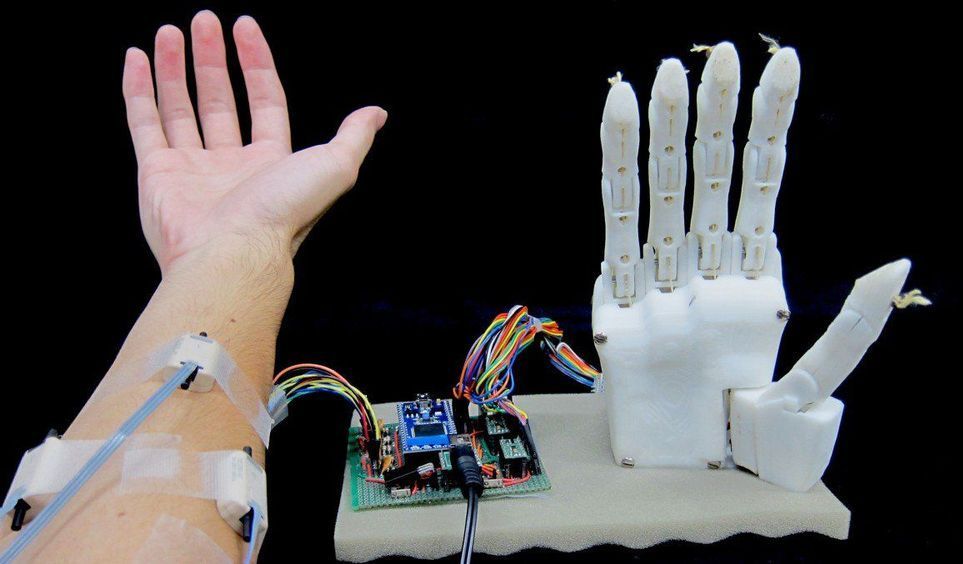
A 3D-printed prosthetic hand controlled using a new AI-based approach could significantly lower the cost of bionic limbs for amputees.
Real need: There are approximately 540,000 upper-limb amputees in the United States, but sophisticated “myoelectric” prosthetics, controlled by muscle contractions, are still very expensive. Such devices cost between $25,000 and $75,000 (not including maintenance and repair), and they can be difficult to use because it is hard for software to distinguish between different muscle flexes.
Handy invention: Researchers in Japan came up with a cheaper, smarter myoelectric device. Their five-fingered, 3D-printed hand is controlled using a neural network trained to recognize combined signals—or, as they call them, “muscle synergies.” Details of the bionic hand are published today in the journal Science Robotics.

Nano Lett. 2017 Sep 13;17:5836–5842. doi: 10.1021/acs.nanolett.7b03081. Epub 2017 Aug 14.
Syringe-injectable mesh electronics represent a new paradigm for brain science and neural prosthetics by virtue of the stable seamless integration of the electronics with neural tissues, a consequence of the macroporous mesh electronics structure with all size features similar to or less than individual neurons and tissue-like flexibility. These same properties, however, make input/output (I/O) connection to measurement electronics challenging, and work to-date has required methods that could be difficult to implement by the life sciences community. Here we present a new syringe-injectable mesh electronics design with plug-and-play I/O interfacing that is rapid, scalable, and user-friendly to nonexperts. The basic design tapers the ultraflexible mesh electronics to a narrow stem that routes all of the device/electrode interconnects to I/O pads that are inserted into a standard zero insertion force (ZIF) connector.
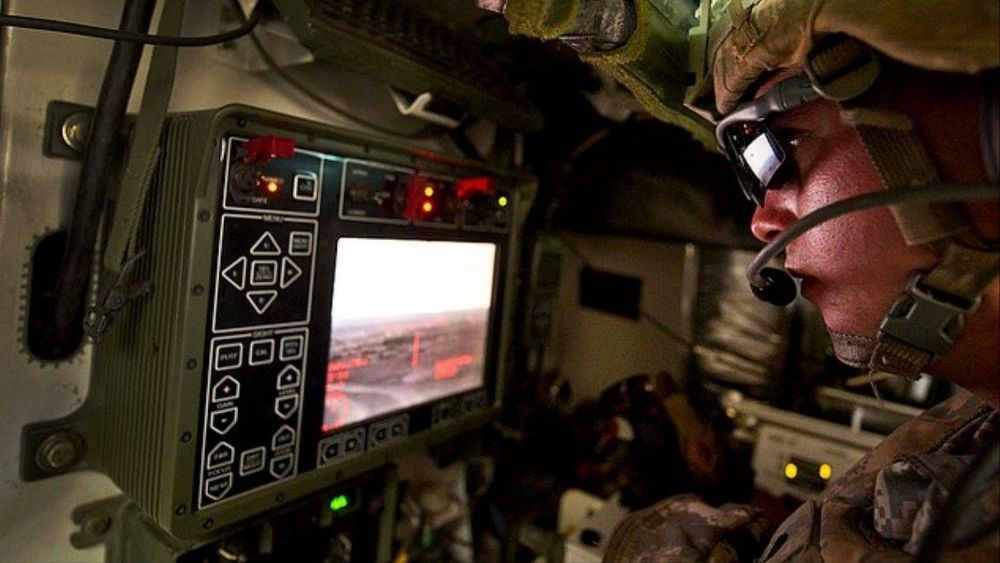

In the spirit of ideas worth spreading, TEDx is a program of local, self-organized events that bring people together to share a TED-like experience. At a TEDx event, TEDTalks video and live speakers combine to spark deep discussion and connection in a small group. These local, self-organized events are branded TEDx, where x = independently organized TED event. The TED Conference provides general guidance for the TEDx program, but individual TEDx events are self-organized.* (*Subject to certain rules and regulations)

Many of them must wait for years to get a kidney transplant and live normally, with seemingly no other solution on the horizon. However, there’s finally a light in the dark tunnel – scientists from the University of California at San Francisco, USA, have developed the world’s first bionic kidney which can replace damaged kidneys easily and effectively.
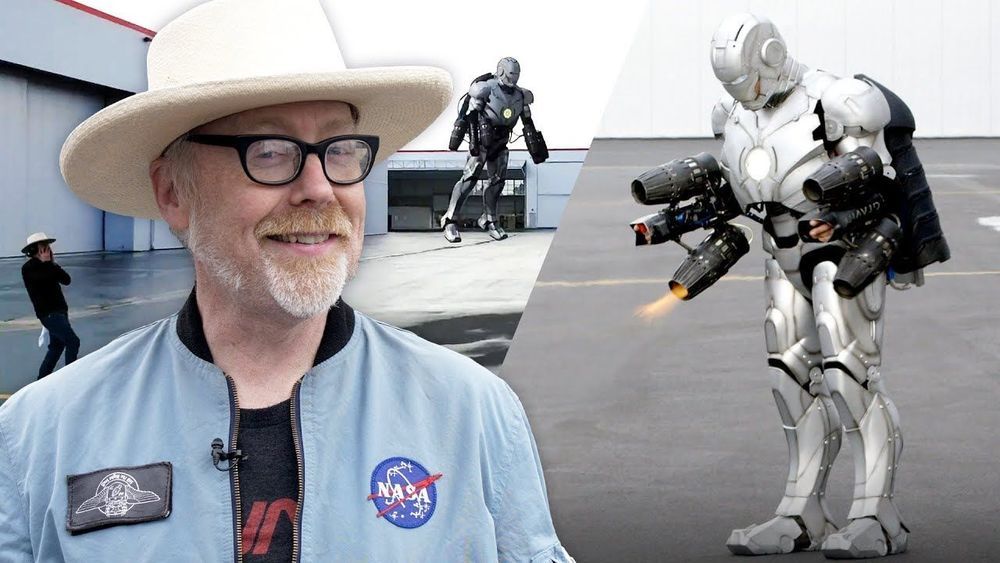
Adam Savage has made bullet-proof Iron Man Armor using 3D printed titanium and a flying jet suit from Gravity.
It is more precisely a real-life Titanium Man (comic book enemy of Iron Man).
The US military (Special Ops) recently canceled an attempt to make real-life iron man exoskeleton armor with strength enhancement. They are looking to use components of the system to help boost the strength of joints and to increase light-weight armor protection for many soldiers.
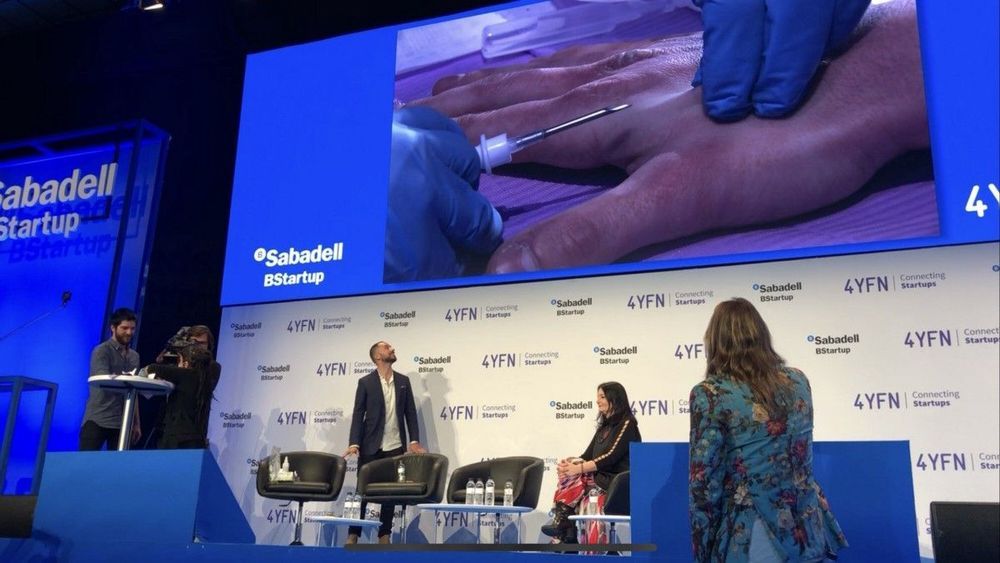
My writeup of the coolest and session at MWC Barcelona where there was a live on-stage demonstration of a human chip being implanted into someone’s hand.
Welcome to the future, where we already transhuman and microchipped. Will you merge with technology or be left behind?
Watch the full video of the human chip implant live on stage: